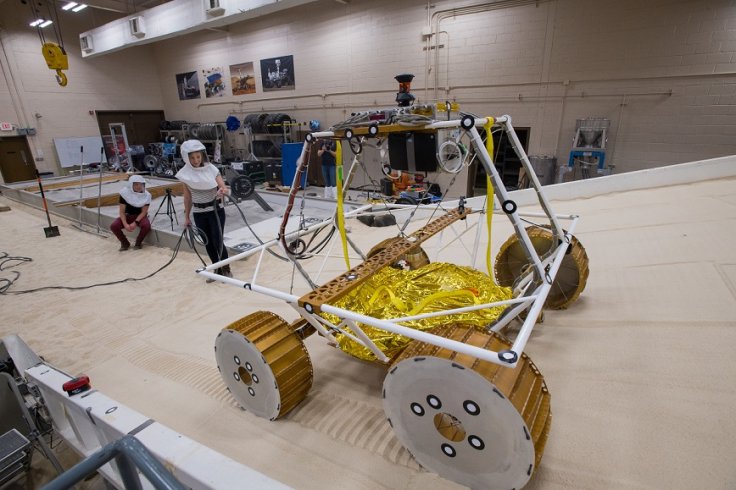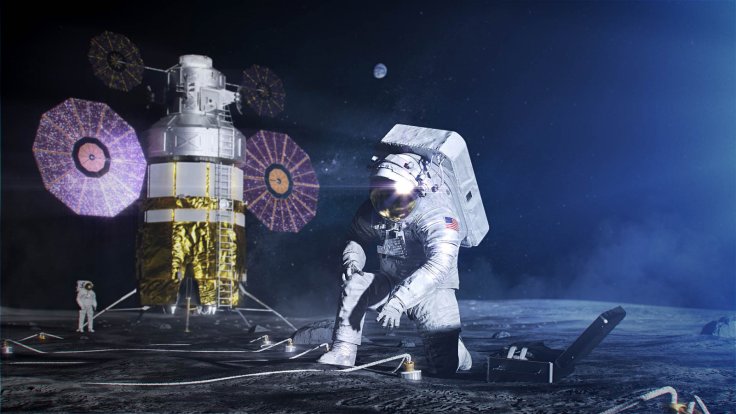NASA recently tested a new rover that will hunt for traces of water on the Moon in an upcoming mission for the Artemis program. According to NASA, the experiments the rover will carry out will determine the possibility of establishing a human colony on the Moon.
NASA's latest rover is called the Volatiles Investigating Polar Exploration Rover (VIPER). The rover's engineering model, which was recently tested by NASA, is about as big as a golf cart.

VIPER On The SLOPE
Earlier this week, NASA sent VIPER to its Glen Research Center in Cleveland, Ohio, to test its capabilities in navigating through the lunar surface. For the test, NASA used the center's Simulated Lunar Operations Laboratory (SLOPE), a facility that has a large and adjustable soil bin.
Through SLOPE, NASA's engineers were able to mimic the conditions of the Moon's surface and terrain. It enabled them to evaluate the rover's traction and wheels and to determine the power needed in order to navigate through the lunar surface. The laboratory also enabled the engineers to test how the rover fares against airborne silica.

Preparing For Human Missions To The Moon
If all goes well for NASA and VIPER, the rover will accompany the first female astronaut and her companion on their mission to the Moon in 2024 as part of the Artemis program. For the mission, the rover and the astronauts will explore the Moon's South Pole to search for possible traces of ice water.
Through its onboard scientific instruments, VIPER will collect ice water samples and analyze them to see if the Moon has enough water to support future lunar missions. According to Daniel Andrews, the project manager for VIPER, finding water on the Moon would determine the possibility of establishing a human colony on the lunar surface.
"The key to living on the Moon is water -- the same as here on Earth," he said in a statement. "Since the confirmation of lunar water-ice ten years ago, the question now is if the Moon could really contain the amount of resources we need to live off-world. This rover will help us answer the many questions we have about where the water is, and how much there is for us to use."









